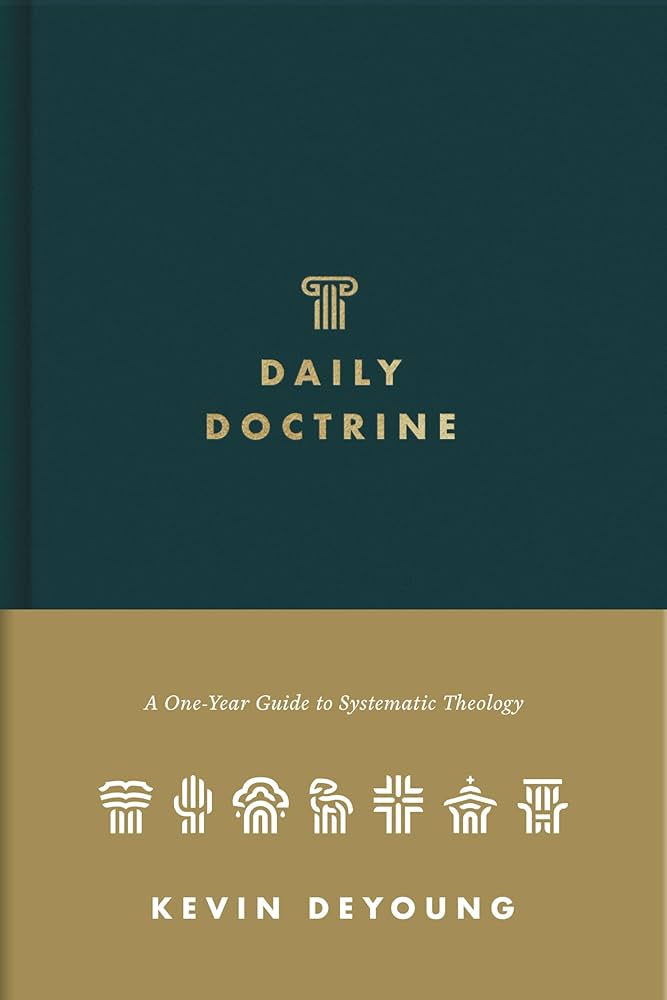One aspect of our morning routine is that Nancy and I read together. We each have our own Bible reading and devotional time, but then we come together to read and pray. We pray for our people, and pray for the day. We also read through the New Testament together, and in addition to that, …
Letters on the Eve of 2025
Just a quick preface here. It is quite natural that many of you have questions, and I don't want to simply ignore them. At the same time, I am not intending to say much more than was already said ...
Zionism and Manifest Destiny
“Zionism as a doctrine was not a good idea. But in just the same way, Manifest Destiny was a piece of impudence cooked up by Americans during our ‘look at us go’ stage. I don’t hold the doctrine of Manifest Destiny at all, along with the assumptions that were underneath it. And yet, here my house is, ensconced in Idaho, right in the middle of Manifest Destiny territory. I own that house, have a legitimate right to it, and would object in quite forceful terms if Nez Perce Indians were shooting rockets at it.”
American Milk and Honey, pp. 37-38
Christian Nationalism Basics
Introduction: You don't really have to like the term Christian nationalism, not at all. But given the times in which we live, you do have to understand it. This should be done without freaking ...
Affliction in Times of Prosperity
State of the Church 2025: Sermon Video Introduction: There is a sense in which we are living in quite an unusual circumstance, in quite an odd set-up. In many ways, our church community has ...
No Clean Way
“In the ancient world, there was no clean way to separate combatants from non-combatants. When you besieged a city, the entire city was besieged and not just the soldiers. The law of God assumes that Israel would go to war and that sieges would be part of what they would do.”
American Milk and Honey, p. 36
An Ancient Problem

Laced With Poo
As some of you are aware, Refuge Church in Ogden, Utah has a growing voice in our cultural melee (especially on X), and they are aligned with us in many ways. However, much like Revoice attempted to keep the door of flamer sympathy cracked open in the PCA, the leadership in Ogden continues to conduct …
A Chalcedon Christmas
We begin our celebration of Christmas where we ought to begin it, and that is with a child in a manger, visiting angels, followed by the visiting shepherds, and all the other features of the story that we know so well. We begin with the basic facts of the story. But the facts of the …
Like a Little Child
In one sense, all baptisms are infant baptisms. When someone comes to Christ, they are instructed to take in the pure milk of the Word, in a way similar to what a newborn baby does. “As newborn babes, desire the sincere milk of the word, that ye may grow thereby” (1 Peter 2:2). It is …










